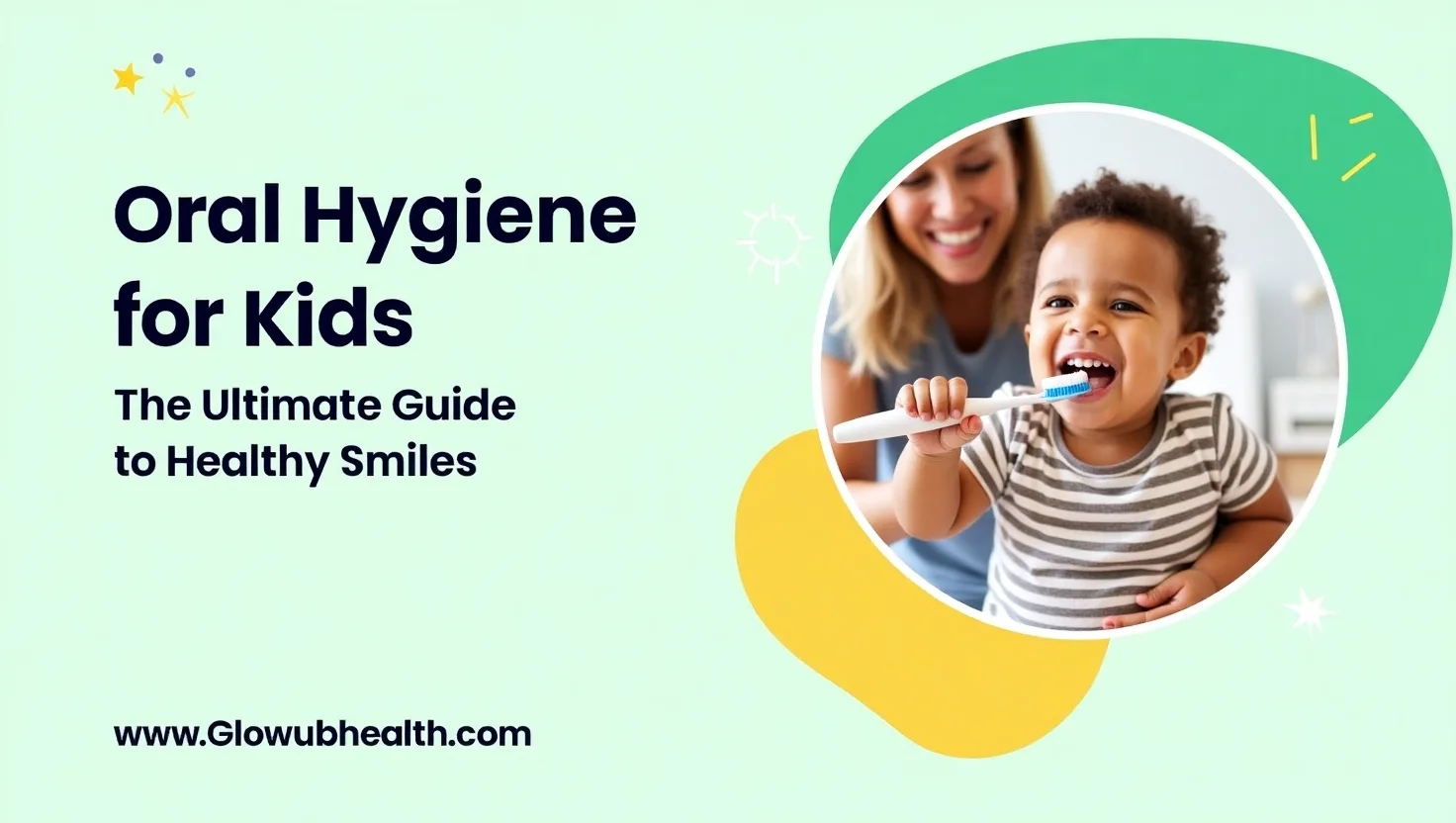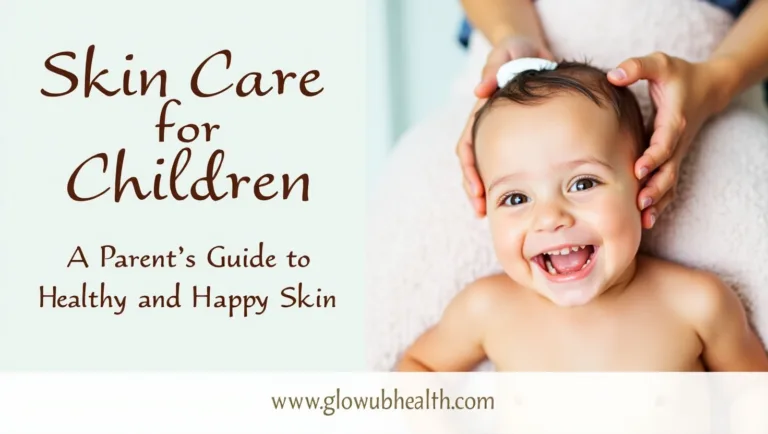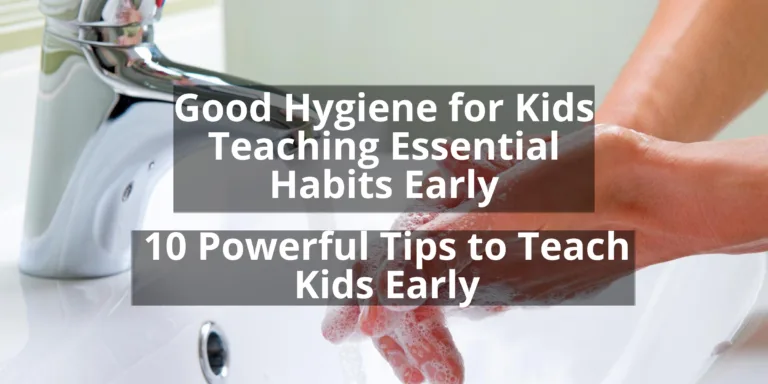Oral Hygiene for Kids : The Ultimate Guide to Healthy Smiles
Good oral hygiene for kids is essential for their overall health and well-being. Developing strong dental habits at an early age prevents cavities, gum disease, and other oral health issues. Parents play a crucial role in ensuring that their children follow a consistent oral care routine. In this guide, we’ll explore the best ways to maintain oral hygiene for kids, basic dental care practices, and why oral health is so important for their long-term development.
This content is for informational purposes only and is not a substitute for professional dental advice, diagnosis, or treatment. Always consult a pediatric dentist for personalized guidance regarding your child’s oral health.
How to Maintain Oral Hygiene for Kids: Essential Tips for Parents
Maintaining proper oral hygiene for kids involves daily care and supervision. Here are some essential tips:
- Encourage brushing twice a day using fluoride toothpaste.
- Teach kids how to floss once their teeth start touching.
- Limit sugary snacks and beverages that contribute to cavities.
- Ensure they drink plenty of water to wash away food particles and bacteria.
- Make regular dental checkups a priority.
Basic Oral Hygiene for Kids: Daily Habits for a Healthy Smile
Building a simple yet effective oral hygiene routine can prevent many dental issues. The basics include:
- Brushing: Use a soft-bristled toothbrush suitable for children.
- Flossing: Teach kids to floss gently between teeth to remove plaque.
- Mouth Rinsing: Encourage rinsing with water or a kid-friendly mouthwash.
- Diet Control: Reduce sugary foods and promote tooth-friendly snacks like cheese, yogurt, and vegetables.
- Hydration: Drinking water helps prevent dry mouth and keeps teeth clean.
The Importance of Oral Hygiene for Kids: Why It Matters
Oral health is directly linked to a child’s overall health. Poor oral hygiene can lead to:
- Cavities and Tooth Decay: The most common childhood dental problem.
- Gum Disease: Inflammation can cause pain and difficulty eating.
- Speech Development Issues: Healthy teeth support proper speech formation.
- Self-Confidence: A bright smile boosts self-esteem and social interactions.
- Serious Health Risks: Untreated dental infections can lead to systemic health problems.
Best Brushing and Flossing Techniques for Children
Teaching kids the right brushing and flossing techniques ensures effective cleaning:
- Use a pea-sized amount of fluoride toothpaste for kids over three years old.
- Brush at a 45-degree angle, ensuring all surfaces are covered.
- Encourage brushing for at least two minutes.
- Show kids how to floss gently without hurting their gums.
- Supervise their brushing until they master proper techniques.
Choosing the Right Toothbrush and Toothpaste for Kids
Selecting the right oral care products is crucial:
- Toothbrush: Opt for a soft-bristled toothbrush with a small head for easy access to all teeth.
- Toothpaste: Use fluoride toothpaste that’s specifically designed for kids.
- Electric vs. Manual: Electric toothbrushes can be fun and more effective for some children.
- Replace Every 3 Months: A worn-out toothbrush won’t clean effectively.
How Diet Affects Oral Hygiene for Kids: Foods to Eat and Avoid
A child’s diet plays a significant role in their dental health:
- Best Foods for Teeth: Dairy products (milk, cheese), leafy greens, apples, and nuts help strengthen teeth.
- Foods to Avoid: Sugary snacks, sodas, sticky candies, and acidic foods contribute to tooth decay.
- Calcium and Vitamin D: These nutrients support strong teeth and gums.
- Chewing Sugar-Free Gum: Helps increase saliva production, which naturally cleans teeth.
Common Dental Problems in Kids and How to Prevent Them
Many children face dental issues that can be prevented with proper care:
- Cavities: Caused by poor brushing habits and high sugar intake.
- Gingivitis: Early-stage gum disease due to plaque buildup.
- Tooth Sensitivity: May result from enamel erosion or cavities.
- Thumb-Sucking and Pacifier Use: Prolonged habits can affect tooth alignment.
- Teeth Grinding: Can lead to tooth wear and jaw pain.
How to Make Oral Hygiene Fun for Kids
Getting kids excited about oral care can be challenging, but these tips can help:
- Use a Reward System: Stickers or small prizes for consistent brushing.
- Sing a Brushing Song: Make brushing time fun with a two-minute song.
- Let Them Pick Their Supplies: Choosing their toothbrush and toothpaste gives kids a sense of ownership.
- Turn It into a Family Activity: Brushing together sets a great example.
- Use Apps or Timers: Interactive brushing apps can keep kids engaged.
When Should Kids Visit the Dentist? A Complete Guide
Regular dental checkups are crucial for maintaining oral health:
- First Visit: The American Dental Association recommends a visit by age 1.
- Routine Checkups: Every six months for professional cleaning and examination.
- Emergency Visits: If a child has pain, swelling, or a broken tooth.
- Sealants and Fluoride Treatments: Help prevent cavities and strengthen enamel.
Building a Lifelong Routine: Teaching Kids Good Oral Hygiene Habits
Creating lifelong dental habits ensures long-term oral health:
- Start Early: Introduce brushing as soon as the first tooth appears.
- Be Consistent: Set a schedule and stick to it.
- Educate About Oral Health: Teach kids why oral hygiene is important.
- Lead by Example: Children are more likely to adopt habits they see in their parents.
Conclusion
Oral hygiene for kids is a vital part of their health and well-being. By following a simple daily routine, teaching good habits, and scheduling regular dental visits, parents can help their children maintain strong, healthy teeth. Implementing fun and engaging techniques makes the process enjoyable, setting the foundation for a lifetime of great oral care. Start today, and give your child the gift of a bright, healthy smile!
FAQ
1. At what age should kids start brushing their teeth?
Children should start brushing as soon as their first tooth appears, usually around six months old. Use a soft-bristled toothbrush with water or a tiny smear of fluoride toothpaste.
2. How often should kids brush their teeth?
Kids should brush their teeth at least twice a day—once in the morning and once before bedtime—for at least two minutes each time.
3. What is the best way to floss a child’s teeth?
Start flossing as soon as two teeth touch. Use gentle, back-and-forth motions and guide the floss carefully between teeth without snapping it against the gums.
4. What foods help maintain good oral hygiene for kids?
Healthy foods like dairy products, leafy greens, apples, carrots, and nuts strengthen teeth, while water helps wash away food particles and bacteria.
5. Can too much fluoride harm my child’s teeth?
Excess fluoride can lead to fluorosis, which causes white spots on teeth. Ensure kids use only a pea-sized amount of fluoride toothpaste and supervise them to prevent swallowing.
6. When should a child have their first dental visit?
The American Dental Association recommends a child’s first dental visit by age one or when their first tooth appears.
7. What are the signs of poor oral hygiene in kids?
Signs include bad breath, yellow or brown stains (plaque buildup), gum swelling or bleeding, tooth sensitivity, and cavities.






